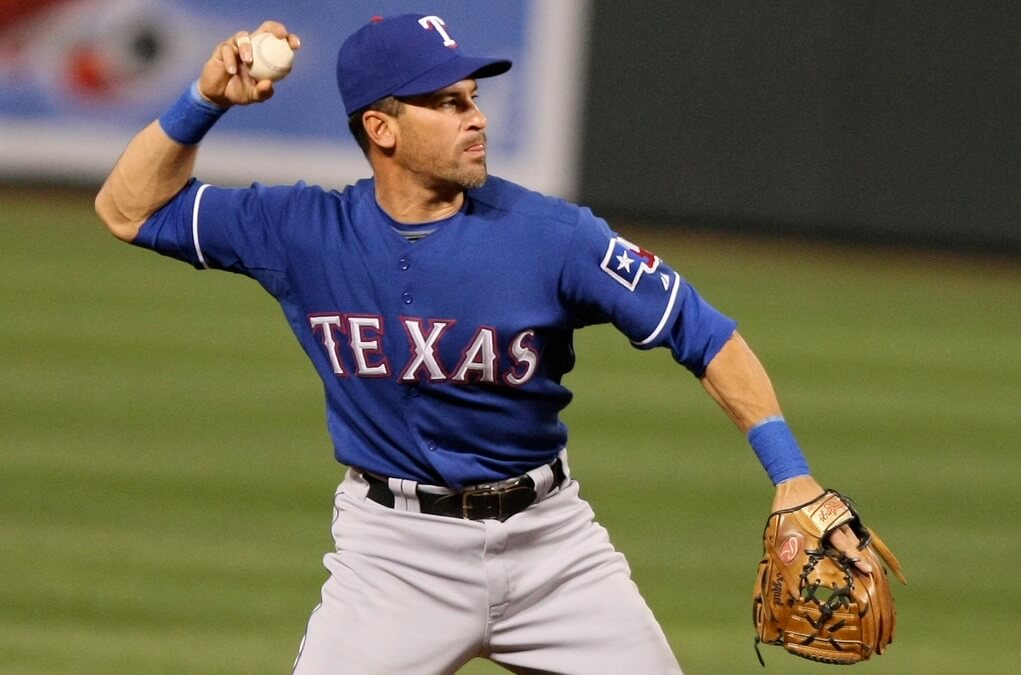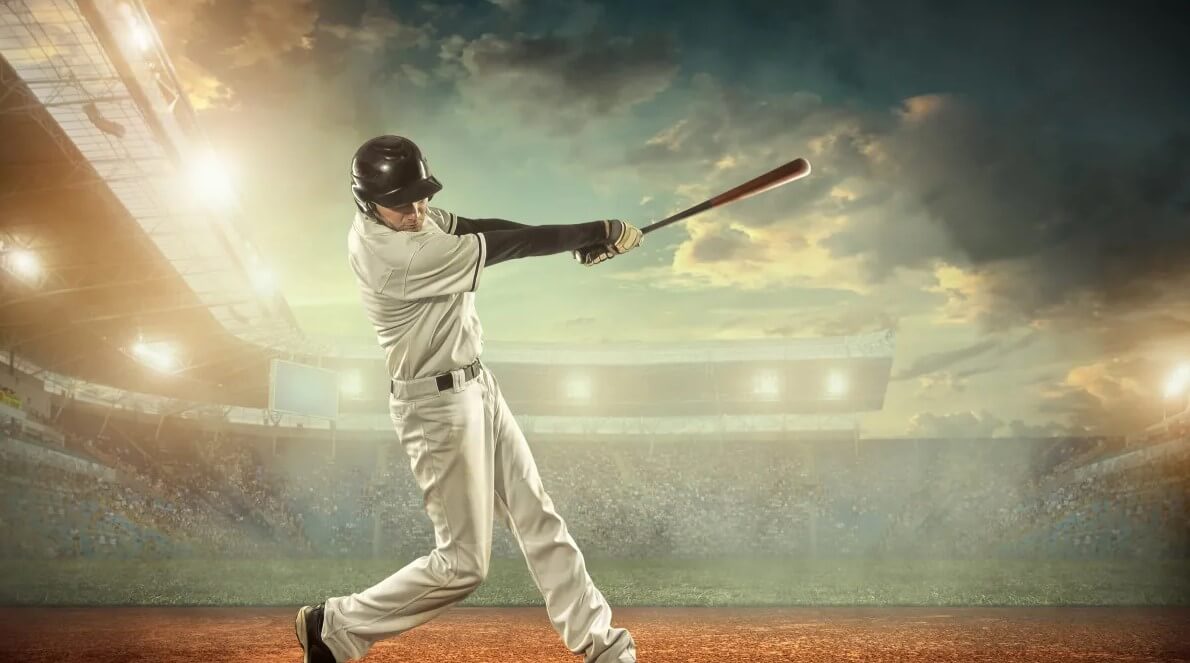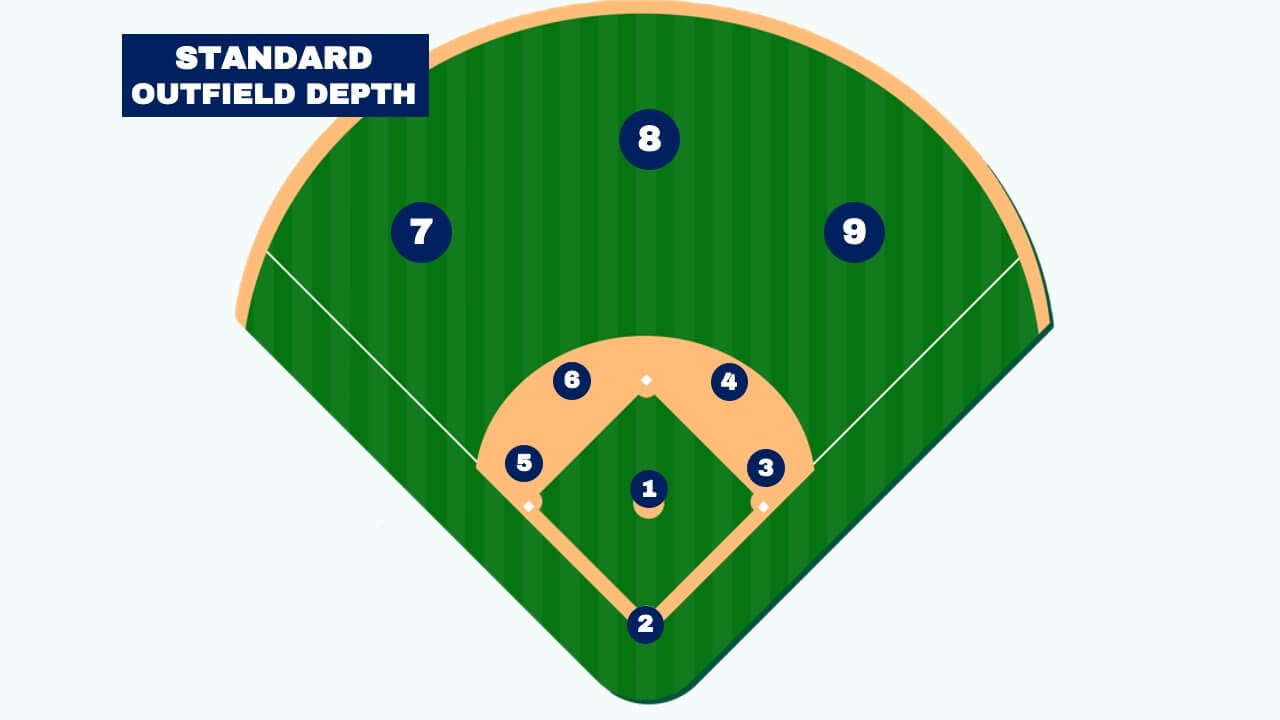Baseball is considered America’s pastime and is beloved by fans across the country. The game is played between two teams on a large open field with four bases that form a square known as a baseball diamond. While baseball may seem simple at first glance, there are intricate rules and key positions that each player fills.
One aspect many fans don’t realize is that there are separate offensive and defensive players in baseball. So how many players are actually on the field during a baseball game? The answer is that there are 9 players on defense and multiple offensive players that rotate in from the dugout each inning. The defensive players each have their own position and role to play. The offensive players simply take their turn at bat and run the bases.
Let’s take a closer look at the key defensive and offensive positions in baseball to understand how the roster works.
Pitcher

The pitcher is one of the most important positions on a baseball field. There is only 1 pitcher on the field at a time. The pitcher’s main role is to throw the ball toward home plate in an attempt to get the batter out.
The pitcher starts each play by throwing the ball toward home plate. The pitcher must throw the ball over the plate within the strike zone to record a strike. If the pitcher throws 4 balls outside of the strike zone before throwing 3 strikes, the batter is awarded a walk and gets to advance to first base automatically.
There are several different types of pitches and deliveries that a pitcher can throw to vary the speed, movement, and location of the ball. This makes it challenging for the batter to hit the ball well. Common pitches include fastballs, curveballs, sliders, changeups, and more. Pitchers often specialize in one style of pitching and work with catchers who can call the right pitches during the game.
The pitcher’s main goals are to get batters out by striking them out, inducing weak contact for outs, or forcing walks cautiously to avoid allowing base runners. Pitchers play a key role in preventing the other team from scoring runs. Having a skilled pitcher that can consistently get batters out is very important for a baseball team’s success.
Catcher

The catcher serves as the on-field leader of the defense and one of the most strategic positions on the field. The catcher’s main responsibilities are to receive pitches from the pitcher, control the pace of the game, call pitches and defensive plays, block pitches in the dirt, and keep base runners from stealing bases.
The catcher always stands behind home plate and wears protective gear including a helmet, face mask, chest protector, leg guards and mitt. This equipment allows the catcher to assume a squatting position close behind the plate to field the pitched balls. The catcher gives signs to the pitcher for what type of pitch to throw and where to throw it, usually between the legs or under the mitt to shield it from the view of the hitter.
There is only one catcher allowed on the field at a time. The catcher is the only player that faces the action directly, allowing them to survey the entire field and orchestrate defensive plays. They wield a lot of control over the game’s strategy and work closely with the pitcher to get batters out. The catcher’s role takes a great deal of skill, intelligence and physical ability.
Infielders

The infield in baseball consists of four positions – first baseman, second baseman, third baseman, and shortstop. Together, these positions make up what is known as the “infield dirt” part of the baseball field.
The responsibilities and gameplay for each infield position are:
-
First Baseman: The first baseman is positioned towards the right side of the infield, next to first base. They are responsible for fielding throws to first base to get runners out, as well as receiving throws from other infielders trying to pick off runners leading off the bases. Good first basemen have quick reaction times to catch errant throws. On offense, first basemen are typically powerful hitters since they do not have to run the bases as much.
-
Second Baseman: The second baseman is positioned between first and second base on the right side of the infield. Their main role is to field ground balls and assist in turning double plays. They cover second base on steal attempts and pivot to throw to first base when trying to turn two. Second basemen need to have good lateral range and arm strength for throwing across the diamond.
-
Third Baseman: The third baseman is positioned between second and third base on the left side of the infield. Known as the “hot corner”, third basemen must react quickly on hard hit ground balls and line drives. They need quick reflexes and strong, accurate throwing arms to make the long throw across the diamond to first base. Third basemen are also relied upon to field bunts and dribblers down the line.
-
Shortstop: The shortstop is positioned between second and third base, but on the left side of second base. They serve as the captain of the infield and are involved in relaying signals from the catcher or manager to the rest of the infielders. Shortstops need to cover the most ground defensively and typically have the most range. They cover second base on steals and back up throws to other bases. Shortstops are usually well-rounded athletes with good hitting ability.
The infielders must work cohesively together, backing each other up and coordinating cut-off plays. Their speed, reaction time, coordination and throwing accuracy are crucial to the team’s defense up the middle.
Outfielders

There are 3 outfield positions – left field (LF), center field (CF), and right field (RF). The outfielders are positioned behind the infielders and are responsible for catching fly balls and line drives in the outfield.
The left fielder position is on the left side of the outfield, to the left of the center fielder. The left fielder needs to have a strong arm to make throws to third base or home plate. Some of the best power hitters play left field.
The center fielder position is in the middle of the outfield. This player covers the most ground and is usually very fast. They need to be able to run a long way to catch balls hit over their head. The center fielder communicates with the corner outfielders on who should catch each fly ball. They are like the quarterback of the outfield.
The right fielder covers the outfield area to the right of the center fielder. Their arm strength is important for throws to third base and home plate. Right field in some ballparks can be tricky with angled fences, so right fielders must learn how to play caroms off the wall.
Designated Hitter

The designated hitter is a role used primarily in the American League of Major League Baseball. This role allows teams to have a player that hits in place of the pitcher in the batting order.
The designated hitter, or “DH”, does not play a defensive position and instead is able to focus solely on offense. This rule was adopted in the American League in 1973, but it differs from the National League which still requires the pitcher to hit for themselves.
Under the typical lineup construction with a designated hitter, American League teams will have 9 defensive players on the field and the DH will hit in place of the pitcher. Since the DH does not play defense, this allows teams to utilize another power bat in the batting order rather than having the pitcher, who are typically weaker hitters, take those at-bats.
The designated hitter gives American League managers some additional strategic options compared to the National League. It allows them to pinch hit freely for position players, since they don’t have to worry about removing the pitcher from the game when doing so. The DH can also be switched multiple times during a game, allowing teams to gain platoon advantages against left/right-handed pitchers if they have the appropriate hitters on the bench.
Some designated hitters are full-time players focused primarily on hitting every day, while other teams rotate different players into the DH spot to give them a partial day off from defense while still keeping their bat in the lineup. But regardless of how the role is utilized, the option for an offensive specialist unable to play defense remains unique to the American League and its strategic use of the designated hitter.
Offensive Players

Every team has 9 players that take offensive turns at bat throughout the game. These offensive players rotate through the batting order, taking turns coming up to bat. The batting order is set before the game, and players take turns batting in that predetermined order.
The 9 starting offensive players typically include:
- Catcher
- First baseman
- Second baseman
- Third baseman
- Shortstop
- Left fielder
- Center fielder
- Right fielder
- Designated hitter (in the American League)
Throughout the game, the manager can make substitutions and replace starters with bench players. This allows different players to get in the game offensively. But there are still 9 players designated as the offensive lineup at all times.
The offensive team continues to bat through the order until 3 outs are recorded. Then the teams switch, with the defensive team taking their turn at bat. So while there are 9 players focused on offense at any given time, all players on the roster will rotate into the batting order throughout the course of a game.
Defensive Changes
During a game, baseball managers can substitute defensive players in and out of the lineup for strategic purposes. This allows them to get favorable matchups against opposing hitters or make defensive improvements in the late innings when protecting a lead.
Managers have the flexibility to move players around to different fielding positions as well. For example, shifting the shortstop between second base and shortstop depending on the hitter. Extra infielders can also be brought in if a force play at home plate is needed.
The main limitations are that pitchers generally cannot re-enter a game once removed, and players who do not start the game are not eligible to play unless they are replacing an injured player. Within those rules, managers have a lot of freedom to tinker with fielding alignments. Strong defensive substitutions late in close games can make the difference between a win or a loss.
Number of Players

Although baseball rosters can include up to 40 players, only 9 players take the field on defense at any given time. This includes:
- 1 pitcher
- 1 catcher
- 4 infielders (first baseman, second baseman, third baseman, shortstop)
- 3 outfielders (left fielder, center fielder, right fielder)
On offense, a team bats 9 players in the lineup. After the 9th batter, the lineup cycles back to the 1st batter.
So while there are 9 defensive players on the field, a team will rotate multiple hitters into the batting order throughout the game. Late in the game, defensive players may be substituted as well. But the core of 9 defensive players on the field remains constant.
In summary, a regulation baseball game is played between two teams, each with 9 defensive players on the field at all times. Offensively, they bat in rotations of 9 players. So the key number for players on a baseball field is 9.
Conclusion
Baseball is played between two teams, each with 9 players on the field at any given time.
The 9 players consist of:
-
1 pitcher: The pitcher stands on the mound and throws the ball to the batter. Their main role is to get batters out.
-
1 catcher: The catcher crouches behind home plate and catches pitches from the pitcher. They call the game by selecting pitches and defensive positioning.
-
4 infielders: The infielders consist of the first baseman, second baseman, shortstop, and third baseman. They field balls hit into the infield and cover the bases to get runners out.
-
3 outfielders: The outfielders cover a large grassy area behind the infield waiting to catch fly balls and throw runners out.
-
In the American League, teams have the option of using a designated hitter who bats for the pitcher. When on offense, teams have 9 players. When on defense, they have 9 players if using a DH or 10 players if letting the pitcher hit.
So in total, there are 9 players on the field per team in a baseball game at any given moment. The variety of positions and roles allow for an intricate game of strategy on both offense and defense. But the foundation is the 9 players per team ready to pitch, hit, catch, throw, and catch at the highest levels.








